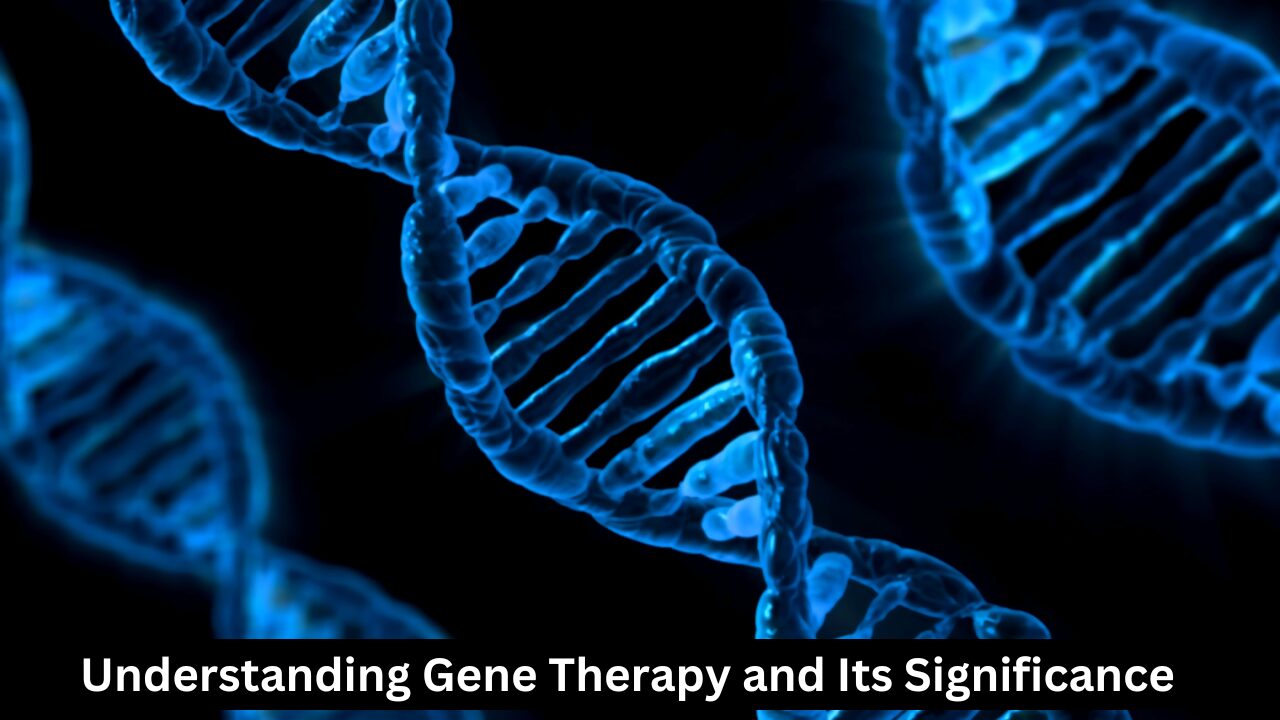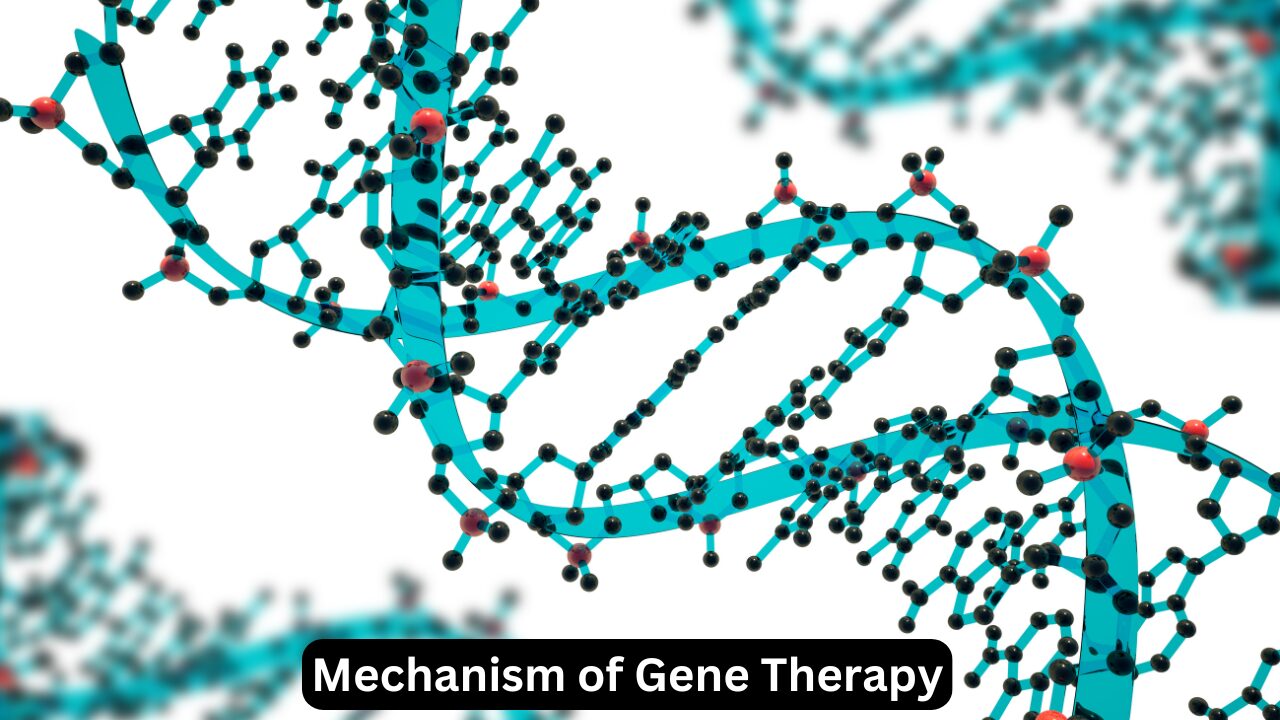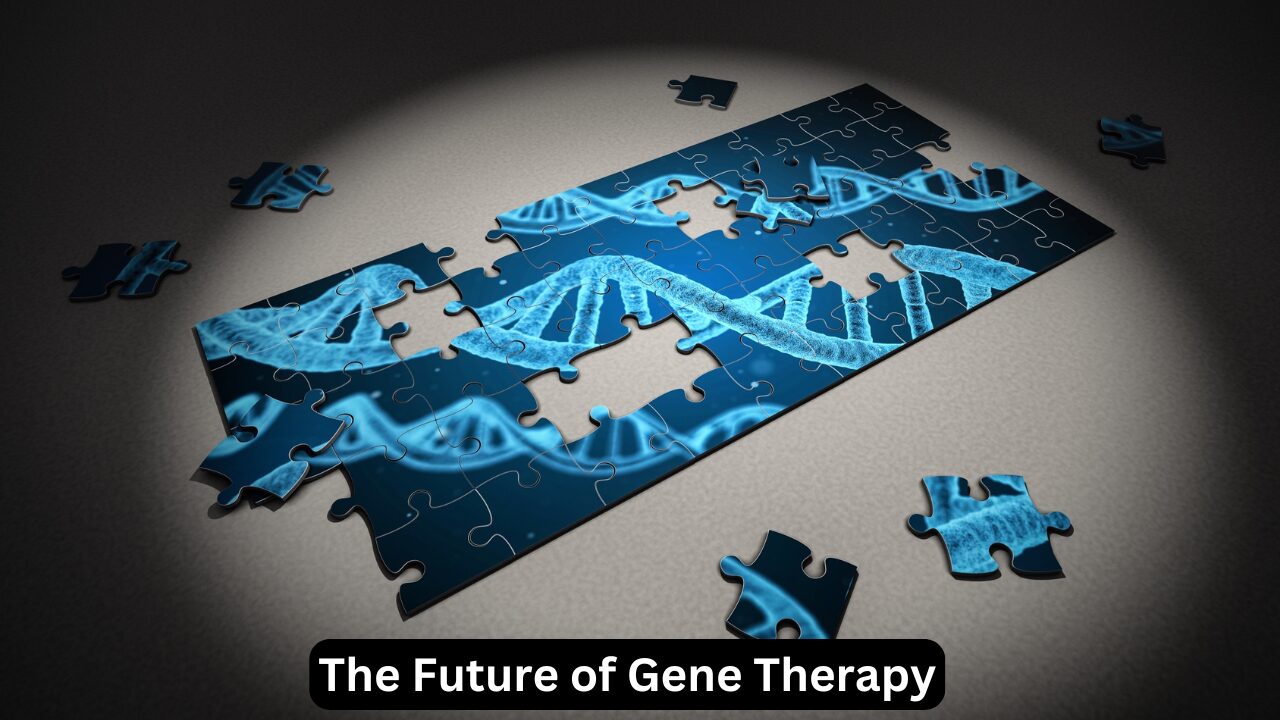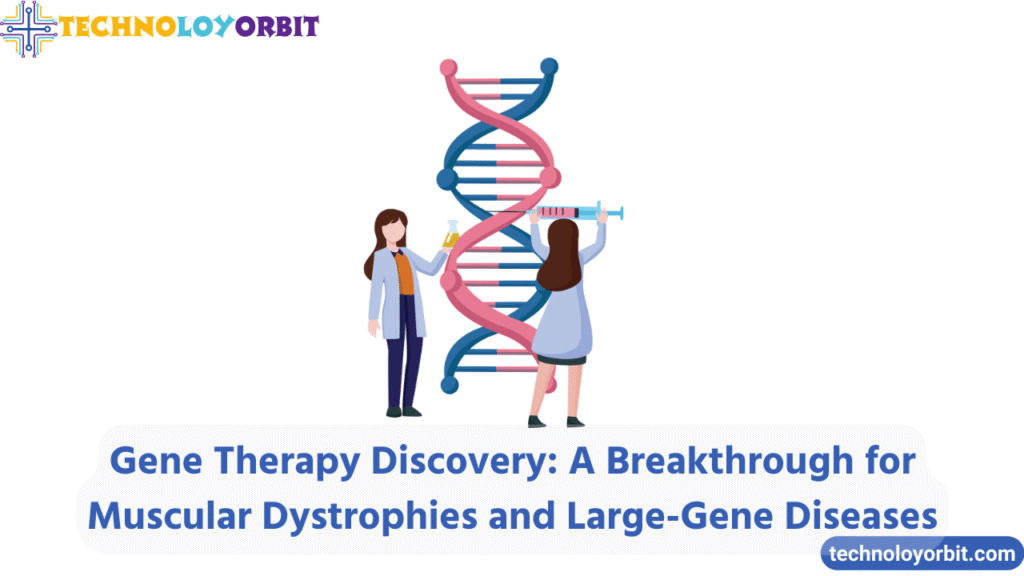Gene Therapy is a promising medical innovation that treats genetic disorders like muscular dystrophies by correcting or replacing faulty genes, offering hope for effective and long-term solutions.
In recent years, gene therapy has emerged as a game-changing innovation in medicine, particularly for conditions previously considered untreatable, such as muscular dystrophies and large-gene diseases. This cutting-edge treatment addresses the root cause of genetic disorders by repairing or replacing faulty genes, offering hope for patients suffering from debilitating illnesses. Advancements in gene delivery methods and innovative approaches, like the StitchR system and microdystrophin therapies, have opened up possibilities that were unimaginable a decade ago. This article delves into how gene therapy is revolutionizing treatment for muscular dystrophies and large-gene diseases, addressing challenges, mechanisms, and future prospects.
Understanding Gene Therapy and Its Significance

Gene therapy is a medical approach aimed at treating diseases by altering genetic material. It works by introducing a corrected version of a faulty gene, inactivating a problematic gene, or inserting entirely new genes to counteract disease processes. Key highlights of gene therapy include:
- Precision Treatment: Personalized to the patient’s genetic makeup.
- Long-Term Benefits: Aimed at providing lasting cures rather than symptom management.
- Wide Applicability: Potential to treat a vast array of diseases, including rare genetic disorders.
Why is Gene Therapy Important?
Unlike conventional treatments, which often address only symptoms, gene therapy targets the underlying genetic cause of diseases. This approach has shown remarkable promise in diseases with complex genetic mechanisms, including Duchenne Muscular Dystrophy (DMD) and other conditions stemming from mutations in large genes.
Challenges in Treating Muscular Dystrophies and Large-Gene Disorders
Diseases like muscular dystrophies are particularly challenging to treat due to their genetic complexity. Muscular dystrophies are caused by mutations in large, essential genes like dystrophin, which spans over 2.4 million base pairs. Delivering such large genes effectively to cells is a significant obstacle. Other hurdles include:
- Limited Vector Capacity: Most viral vectors used in gene therapy can only carry small DNA fragments.
- Immune Responses: The body’s defense mechanisms often interfere with the delivery process.
- Targeting Specific Tissues: Achieving efficient gene delivery to affected muscles while avoiding other tissues is difficult.
Breakthroughs in Gene Therapy for Muscular Dystrophies
The StitchR System: Overcoming Size Limitations
The StitchR system is a revolutionary method that divides large genes into smaller fragments, which are delivered separately to cells using viral vectors. Once inside the cell, these fragments are reassembled to produce a functional protein. This method has been a game-changer for diseases like DMD, where delivering the full-length dystrophin gene was previously impossible.
Microdystrophin Therapies
For conditions like DMD, where a mutated dystrophin gene leads to progressive muscle wasting, therapies such as Elevidys have emerged. These treatments deliver a shortened version of the dystrophin gene, known as microdystrophin, which retains functionality and can restore muscle strength. Elevidys has shown encouraging results in clinical trials, leading to its FDA approval for certain age groups.
RNA-Based Approaches
In addition to DNA editing, RNA-based therapies are being explored. These involve modifying messenger RNA (mRNA) to correct genetic errors or enhance protein production without altering the DNA, offering a safer and reversible option.
Mechanism of Gene Therapy: How It Works

Gene therapy typically employs viral vectors to deliver genetic material into cells. These vectors are engineered to be safe and efficient. Here’s how the process works:
- Gene Delivery: The therapeutic gene is packaged into a vector and introduced into the patient via an intravenous injection.
- Cellular Uptake: The vector carries the gene into target cells, such as muscle cells in muscular dystrophy.
- Gene Integration or Expression: The introduced gene either integrates into the genome or remains independent, producing the required protein.
Comparison of Traditional and Advanced Methods
| Aspect | Traditional Gene Therapy | Advanced Methods (e.g., StitchR) |
|---|---|---|
| Gene Size Limitations | High | Overcome |
| Efficiency of Delivery | Moderate | Enhanced |
| Immune Response Risk | Higher | Lower |
Applications in Large-Gene Diseases
While muscular dystrophies have garnered significant attention, advancements in gene therapy extend to other large-gene diseases:
- Cystic Fibrosis: Targeting the CFTR gene to restore normal lung function.
- Retinitis Pigmentosa: Using gene replacement therapies to address genetic blindness.
- Hemophilia: Correcting mutations in large coagulation factor genes to prevent bleeding episodes.
Advantages and Limitations of Gene Therapy
Benefits
- Targeted Treatment: Addresses the root cause of genetic disorders.
- Durable Results: Potential for one-time treatments with lasting effects.
- Innovative Solutions: Offers hope for previously untreatable diseases.
Limitations
- High Costs: Treatments like Elevidys are priced at over $3 million, making them inaccessible to many.
- Long-Term Safety: Insufficient data on the durability and side effects of these therapies.
- Ethical Considerations: Concerns about genetic modifications and equity in access.
The Future of Gene Therapy: Advancements and Challenges Ahead

The field of gene therapy is evolving rapidly, with scientists exploring innovative approaches to overcome existing challenges and expand its applications. Key areas of focus include:
1. Enhancing Delivery Systems
Efforts are underway to develop non-viral vectors and nanoparticle-based carriers that address the limitations of traditional viral methods. These alternatives can potentially carry larger genes, avoid immune system responses, and target tissues more precisely, such as muscles in muscular dystrophies. Tissue-specific delivery is being refined using ligand-based targeting, improving accuracy and minimizing off-target effects.
2. Reducing Treatment Costs
High costs remain a significant barrier. Researchers are working on streamlined manufacturing processes that involve cell-free systems to produce gene therapy components more efficiently. Scaling production methods and collaborating with biomanufacturing facilities are also key strategies to lower expenses, making these treatments more accessible.
3. Expanding Applications
Gene therapy’s potential extends beyond rare genetic disorders. Future research aims to apply it to more common conditions, including age-related diseases like Alzheimer’s and certain types of cancers, broadening its impact on healthcare.
The focus on improving delivery, affordability, and applications signals a transformative future for gene therapy, one with the potential to touch millions of lives.
FAQs on Gene Therapy for Muscular Dystrophies
- What is the primary goal of gene therapy?
To treat or cure diseases by correcting or replacing faulty genes. - How does the StitchR system work?
It delivers large genes in fragments, which are reassembled inside cells to restore functionality. - Is gene therapy for muscular dystrophy a cure?
While not a cure, it significantly slows disease progression and improves quality of life. - What are the risks associated with gene therapy?
Potential risks include immune reactions and uncertainty about long-term effects. - How much does gene therapy cost?
Treatments can cost millions, posing challenges for widespread adoption. - Can gene therapy treat all genetic disorders?
Research is ongoing, but not all disorders are currently treatable with gene therapy. - What is microdystrophin?
A smaller version of the dystrophin protein used in therapies for DMD. - Will gene therapy become more affordable?
Efforts are underway to reduce costs through innovation and mass production.
Conclusion
Gene therapy has opened a new frontier in the treatment of muscular dystrophies and large-gene diseases, offering solutions that were once deemed impossible. With advancements like the StitchR system and microdystrophin therapies, scientists have found innovative ways to address the challenges posed by these complex genetic disorders. These treatments are already improving the quality of life for many patients by tackling the root causes of their conditions.
However, significant hurdles remain, including high costs, limited access, and the need to address ethical concerns about genetic modifications. For gene therapy to reach its full potential, collaborative efforts between researchers, policymakers, and healthcare providers are crucial. By overcoming these challenges, gene therapy could soon become a widely accessible and transformative option for millions of people. As this exciting field of medicine continues to evolve, it holds immense promise for shaping a healthier and more equitable future for all. Please follow out blog Technoloyorbit.



